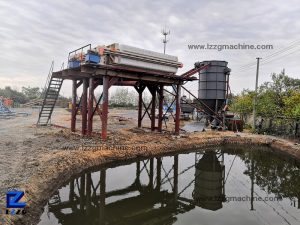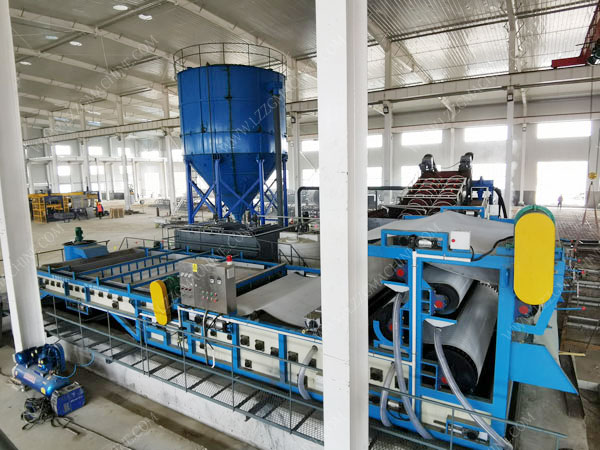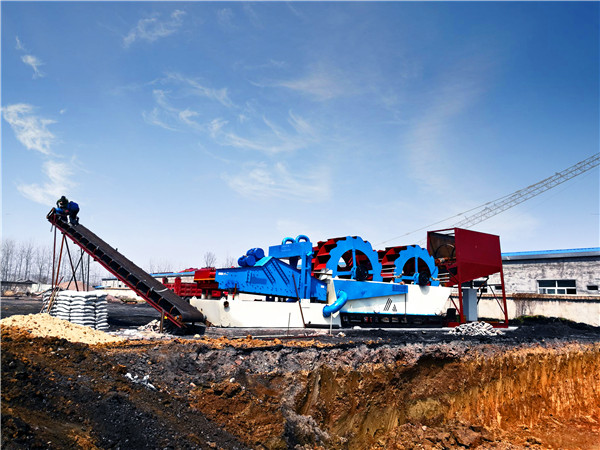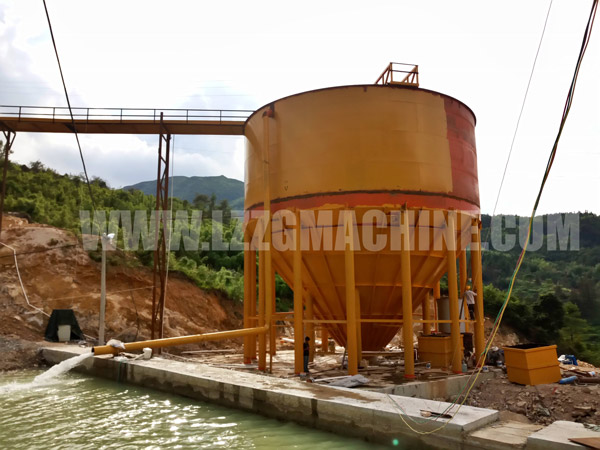High efficiency sludge thickening and dewatering process
 October.29,2019
October.29,2019
Thickening is a necessary part of mineral processing, and the thickener is core equipment for concentrated processing is widely used in the mineral processing and sludge dewatering industry. At present, the thickener for concentrate and tailings concentration in China basically adopts an ordinary concentrator and high-efficiency concentrator, and its design and operation have become widely used products for mature products.
The deep cone thickener is to add the flocculant to the feed slurry, through the rotation of the truss, use the water guide rod to guide the water inside the slurry layer to the upper part, and use the scraper to collect the slurry to the discharge port position, and finally to concentrate the slurry. effect. The deep cone concentrator is characterized in that its aspect ratio is much larger than that of a conventional concentrator, and it can realize the residence of a 10 m or even 15 m slurry bed inside the concentrator, which provides a basis for achieving high concentration.
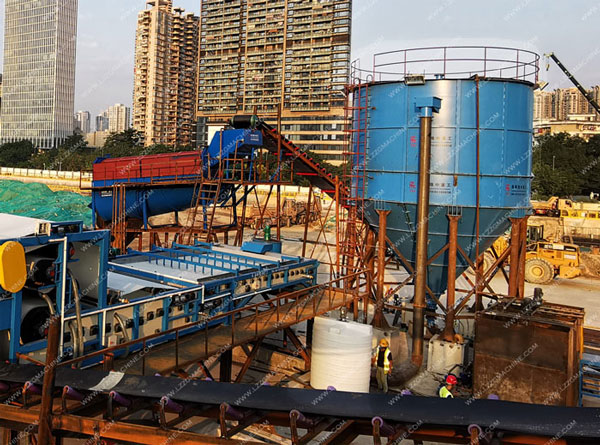
3 phases of thickening processing
A good thickening process must have three stages. That is the stage of coagulation and destabilization, the stage of coagulation and granulation, and the stage of filtration and compression. However, the realization of these three stages must have certain equipment to ensure that the flocculation reaction cannot be sufficient, and the effect of solid-liquid separation cannot reach the ideal state. After the completion of the above stages, the particles with the repulsive force are under the action of slow hydrodynamic forces, and under the action of the long molecular chains, the particles begin to aggregate with each other, and the larger the floc gathers, the higher the sedimentation speed will be. Increase by several times or even dozens of times. This process is carried out in a condensing reactor.
As the large flocs gather more and more, the ideal dense phase layer at the bottom of the deep cone concentrator is formed. In the upper part of the dense phase layer, thicker and less stable flocs are deposited, which are essentially a floating filter medium which has a very beneficial intercepting effect on small particles that escape with the upflow. The sediment at the bottom of the dense phase layer, under the combined action of the larger head and the material gravity, can obtain a large pressure in the bottom stream of the deep cone concentrator, so that the concentration of the material to be discharged is greatly improved.
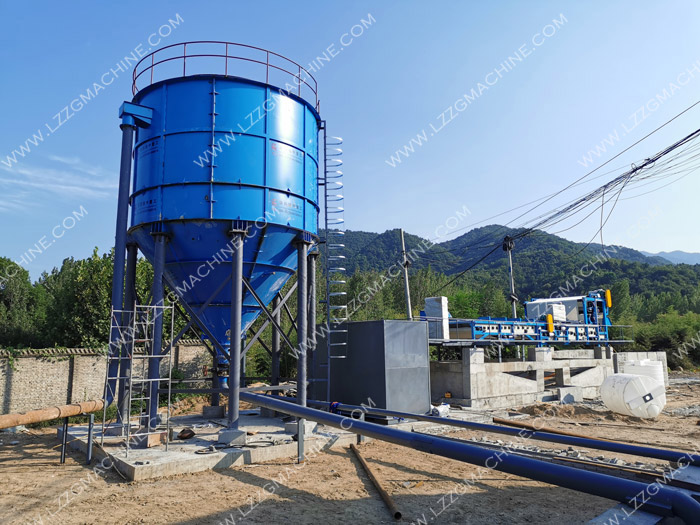
Development status of thickener
The concentration of tailings after conventional beneficiation and thickening is generally below 30% so that most of the water is discharged into the tailings pond. Although these waters can be recycled, some of them are consumed by evaporation and infiltration.
Since the first successful use of deep cone thickener to achieve high-concentration tailings discharge in the Kidd Creek copper-zinc mine in Canada in 1973, the use of deep cone concentrators for concentrated tailings storage has been around for more than 30 years in the world. Development is limited by technology and promoted and applied locally.
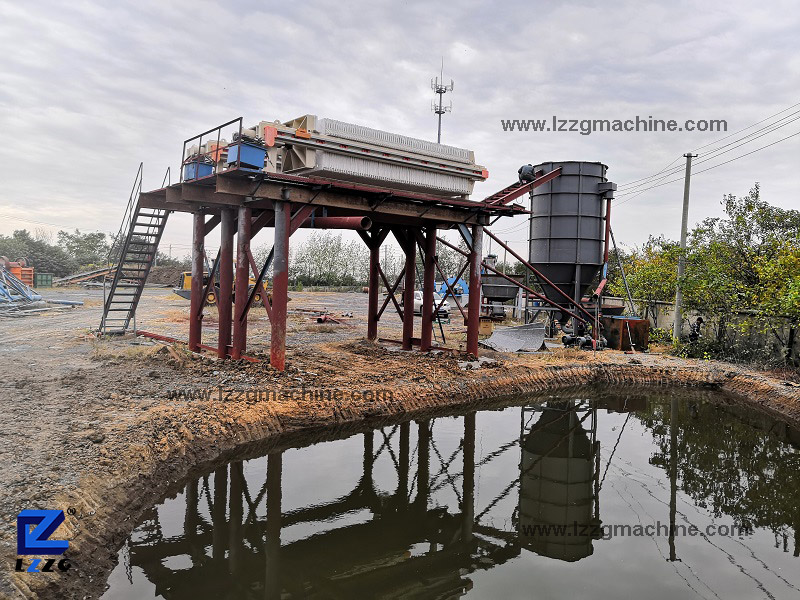
In the past 20 years, with the advancement of enrichment technology and high-concentration transportation technology and the global awareness of water conservation, especially for the safety of tailings dumps, energy-saving and environmentally friendly concentrated tailings stacking technology have been widely used. The Mt Keith nickel mine in Australia was built in 1997 with a high concentration tailings discharge project using a deep cone concentrator. The Sunrise Dam gold mine and the Century Zinc zinc mine in Australia were built in 1999 to build a high concentration tailings discharge project using a deep cone thickener. In 2001, the Bulyanhulu gold mine in Tanzania was built with a high-concentration tailings discharge project using a deep cone thickener. In recent years, the Wunuuge Tushan Copper-Molybdenum Mine Project and the Baotou Steel Mine Iron-Selecting Project have realized the use of deep cone concentrators to achieve a high concentration of tailings.


